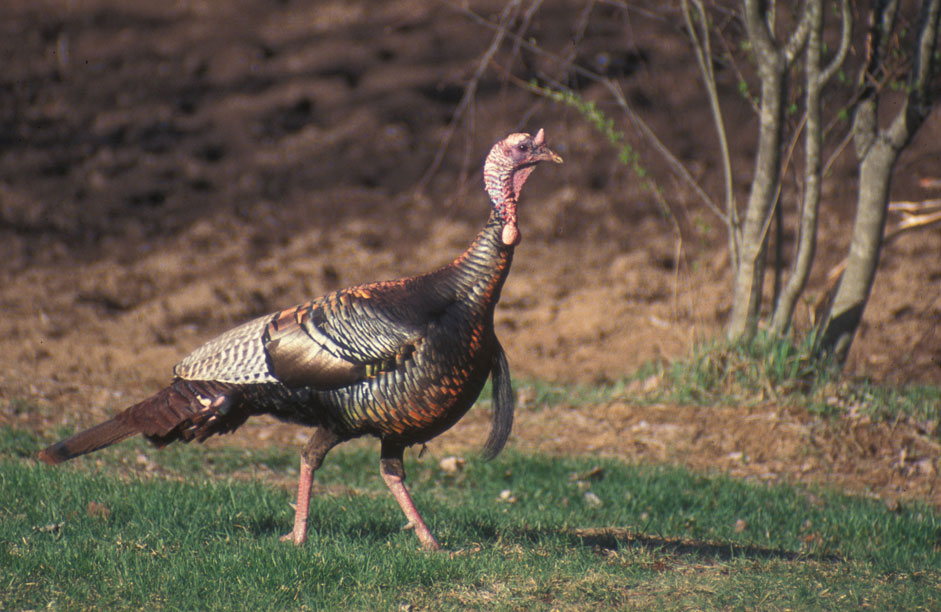Bob Humphrey

Traditionally, turkey hunting was a fall sport. Spring hunting is relatively new, having been around now for only three or four generations, depending on where you live. But even in that span, spring hunting has morphed. What most veteran hunters now call "Old School" involves a sedentary approach, sitting patiently in one spot, calling sparingly and waiting long periods of time in between. Many still practice this tactic, particularly those in the Deep South, or any place where turkeys receive a lot of hunting pressure.
For the most part, the last couple generations of turkey hunters have adopted a more aggressive and active hunting style commonly referred to as running and gunning. When things are slow, rather than sitting around waiting for something to happen, you go out and make something happen; at least you try to. And like any technique, it involves certain tactics.
Scouting plays a part regardless of how you hunt but it can be particularly important for the run-and-gun hunter. If the birds aren’t gobbling at Roost A you don’t forge ahead anyway. You go to Roost B, or C or D until you hear a gobble. And that’s where you start your day.
The best laid plans of mice and men, particularly men who turkey hunt, oft go awry. If the birds don’t fly down out of the roost and march into your decoys, the run-and-gun playbook gives you two options. One is to do an end-around; figure out which way they did go and try to get in front of them. The other is called discretion. Being the better part of valor, it suggests you leave the difficult birds for another day and move on in search of a more cooperative adversary.
And there are options for how you go about that as well. Option 1 is to jump in the truck and do a mail run, stopping at strategic locations staked out during previous scouting sojourns to see if you can strike a bird. If you do, you bail out and hit the woods. If not, you move on to the next station.
Option 2 is called trolling. You strike out on foot, pausing every so often (100-200 yards) to call, hoping to raise a shock gobble. If you do, you set up and work the bird in a more conventional way. Otherwise, you keep on trucking. Moving along does increase the risk of bumping silent birds, but I figure you’ve got to break a few eggs to make an omelet.
Incidentally, wearing out the shoe leather is usually the preferred option back East, but you can flat wear yourself out chasing Rio Grande and Merriam's in the wide open spaces out West. You might want to consider using an ATV to cover the big ground, then dismount and work smaller areas. In addition to covering more ground with less effort, ATVs also offer a certain degree of concealment as turkeys seem less bothered by the sight of vehicles than that of the upright human form.
Outside of the basics, there are numerous variations on run-and-gun hunting. For example, if the bird you’re working suddenly hangs up, Old School says sit tight and be patient. The run-and-gun hunter will take a more aggressive approach and at the very least, try to get inside that turkey’s “comfort zone,” close enough that the bird will feel confident enough to close the distance.
Which style works best sometimes depends on circumstances. If you don’t have a lot of options, or your hunting grounds are smaller parcels, you may be better off going Old School. It’s also better to sit and wait on rainy or windy days. Furthermore, the lines between Old School and run-and-gun are broad and vague. Often it’s the bird that tells us how to hunt, and over the course of a single day or even a single hunt, you may employ a combination of old and new tactics until you or the bird wins the contest.



























